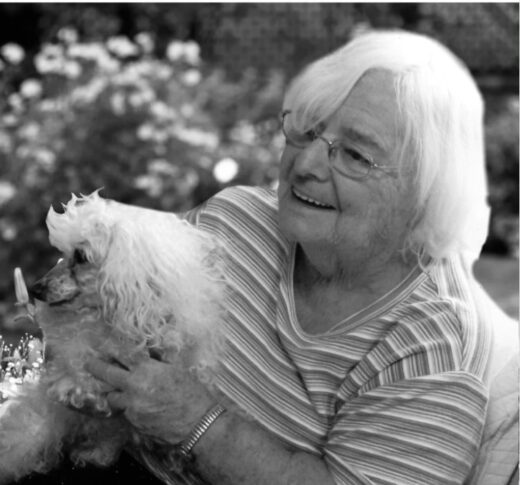
The LMB has sadly learned that Muriel Wigby, who worked as a technician with Sydney Brenner for many years, has died aged 91.
Muriel was born in Cambridge and attended the Cambridge Grammar School. She worked as a Laboratory Assistant at Chivers & Co before joining the MRC Strangeways Research Laboratory, Cambridge. She started at the LMB on 1st March 1957 and retired on 30th September 1983.
She worked as a technician on Sydney’s bacteriophage work while the group were housed in the Cavendish Laboratory and continued on this at the LMB. The group was interested in the physiological aspects of bacteriophage genetics: the replication of the genetic material to ensure genetic continuity of the virus, and the specification by the genome of a multiplicity of functions which are necessary for successful passage of the phage through its growth cycle.
In the late 1960s, when Sydney became more interested in nematodes, Muriel was involved in growing these and, when C. elegans was chosen, identifying mutants after chemical treatment, so that by 1973 about 300 had been characterised. This research broke new ground, showing that specific gene mutations could be induced in the C. elegans genome by the chemical compound ethyl methane sulphonate (EMS). Different mutations could be linked to specific genes and to precise effects on organ development. C. elegans would become a widely used model organism, still used in research today.
As was the custom of the time, despite all the painstaking work generating the data, Muriel was not an author on Sydney’s papers; as being a technician, she was not considered to have contributed intellectually and was therefore only mentioned in the acknowledgements. It is worth pointing out that nowadays, everyone who contributes to the contents of a paper is entitled to authorship.